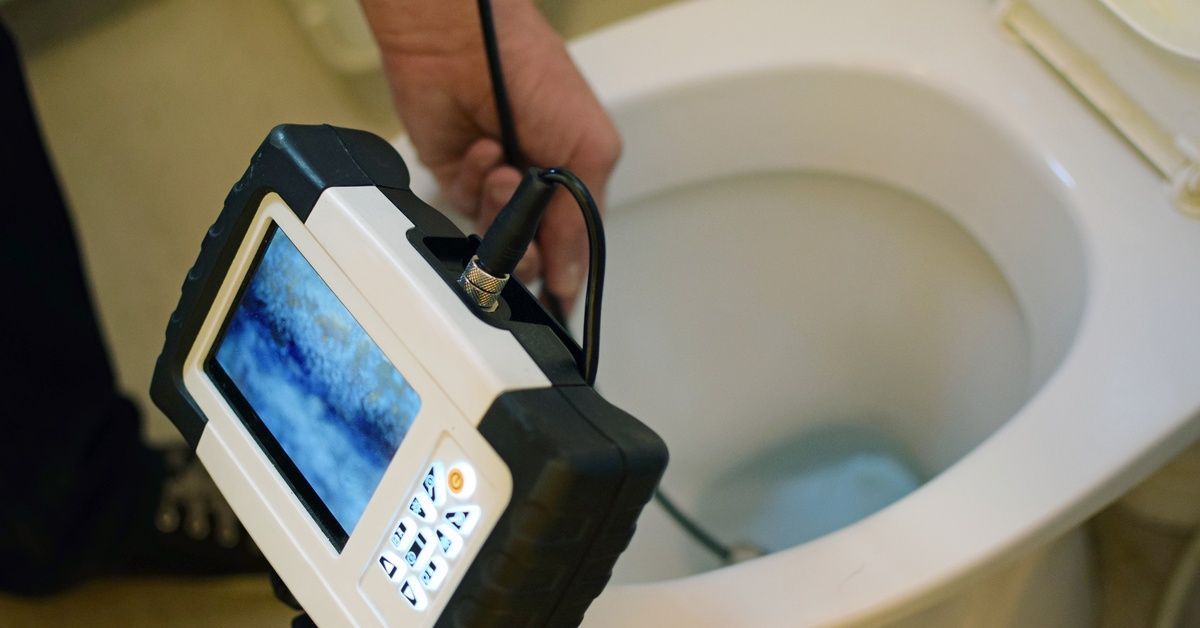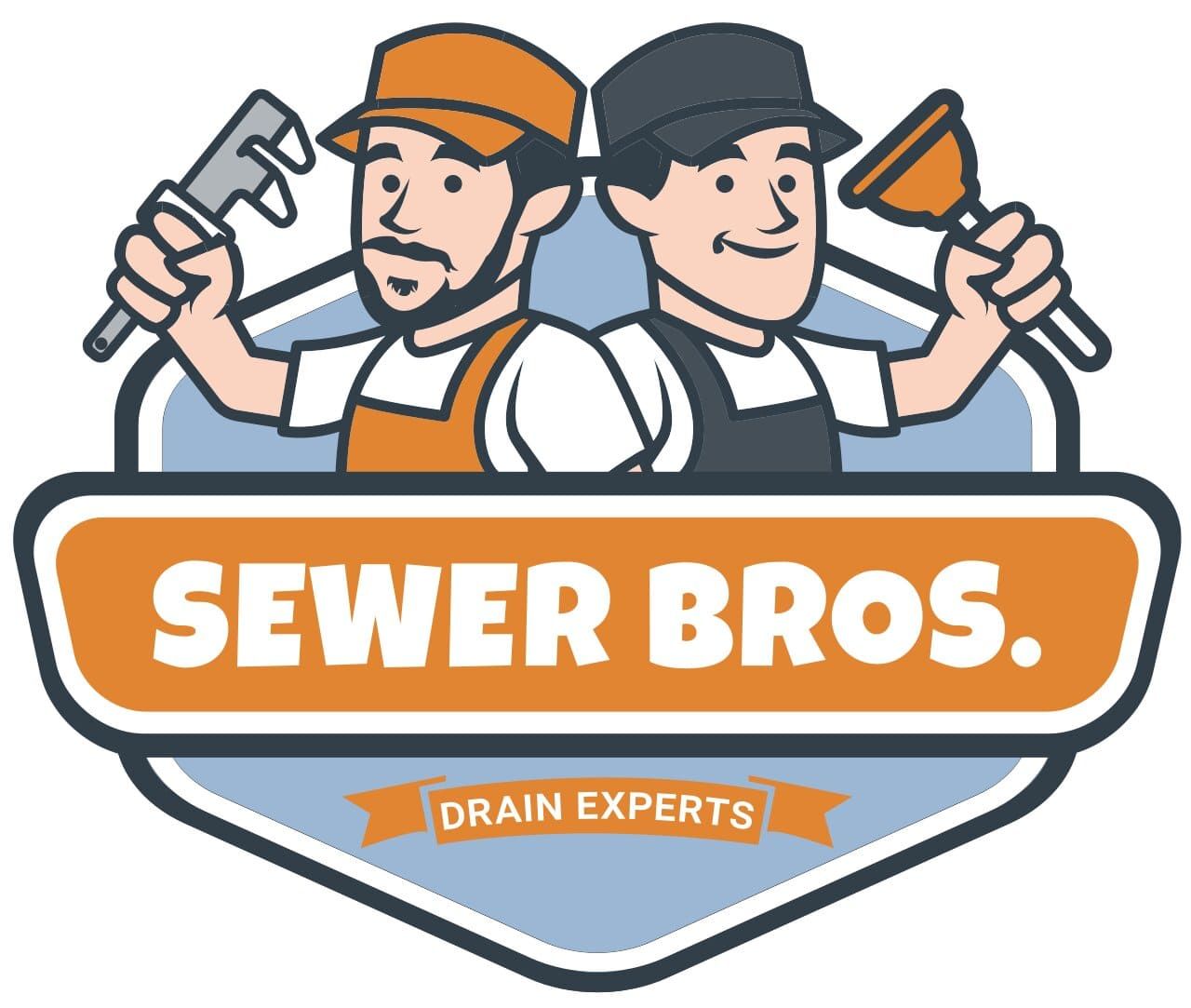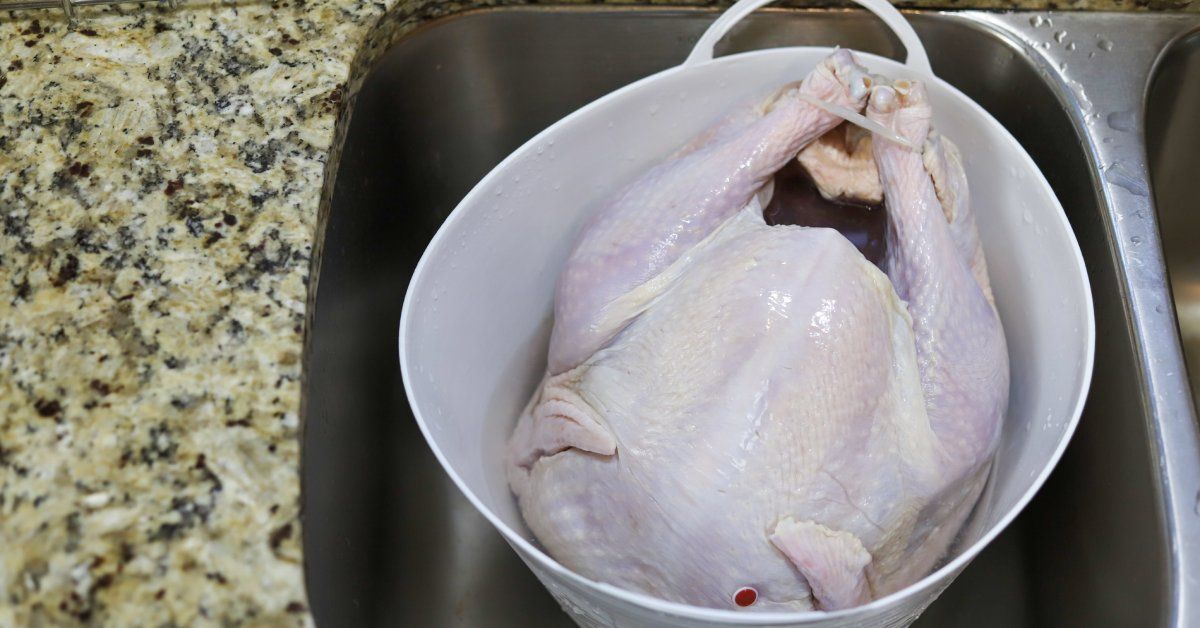The Role of Camera Inspections in Preventing Costly Repairs
It can be a struggle for property owners to completely understand their drainage systems. Hidden problems can develop over months or years before becoming visible, often resulting in expensive emergency repairs and extensive property damage. Camera inspections offer a proactive solution that identifies issues before they require costly repairs.
Understanding the role of camera inspections in preventive maintenance can transform how you approach property care. This technology provides clear visibility into your drainage system’s condition, enabling informed decisions about repairs and maintenance timing. Rather than waiting for problems to surface, camera inspections give you the power to address issues while they remain manageable and affordable.
What are Camera Inspections?
Camera inspections involve inserting a specialized waterproof camera attached to a flexible cable into your drainage system. The camera transmits real-time video footage to a monitor, allowing technicians to examine the interior condition of pipes, drains, and sewer lines. This non-invasive diagnostic tool provides a comprehensive view of your plumbing system without excavation or demolition.
Modern camera inspection equipment features high-resolution imaging capabilities and LED lighting systems that illuminate even the darkest pipe interiors. The cameras can navigate through various pipe materials including PVC, cast iron, clay, and concrete, providing detailed visual documentation of any issues discovered during the inspection process.
How Do Camera Inspections Work?
The camera inspection process begins with technicians locating the most accessible entry point into your drainage system. The waterproof camera head connects to a semi-rigid cable that can extend hundreds of feet through your pipes. As the camera travels through the system, it records video footage while technicians monitor the feed in real-time.
Technicians can control the camera’s movement, adjusting speed and direction to thoroughly examine areas of concern. The cable includes distance markers that help pinpoint the exact location of any problems discovered during the inspection. This precise location is extremely helpful when planning repairs or maintenance work.
The Benefits of Preemptive Camera Inspections
Preemptive camera inspections are a proactive approach to maintaining a healthy plumbing system. By detecting potential issues before they escalate, these inspections save time, money, and prevent unnecessary disruptions. Here’s a closer look at these benefits and how camera inspections assist.
Cost Savings Through Early Detection
Camera inspections deliver significant cost savings by identifying problems before they require emergency intervention. A small crack or minor blockage costs substantially less to repair than a completely collapsed pipe or sewage backup. Early detection allows you to schedule repairs at your convenience rather than dealing with urgent situations that often carry premium pricing.
The inspection process itself costs a fraction of what major repairs demand. Investing in regular camera inspections can prevent thousands of dollars in damage to flooring, walls, landscaping, and personal belongings. Insurance companies often view camera inspections favorably, as they demonstrate proactive property maintenance and risk management.

Preventing Extensive Damage
Drainage failures rarely occur without warning signs that camera inspections can detect. Tree root intrusion, pipe corrosion, and joint separation develop gradually over time before causing complete system failures. Camera inspections identify these developing issues while repair options remain simple and affordable.
Water damage from burst pipes or sewer backups can affect multiple rooms and require extensive restoration work. Camera inspections help prevent these scenarios by revealing vulnerable areas that need attention before they fail completely. The cost difference between preventive repairs and emergency damage restoration often reaches tens of thousands of dollars.
Early Problem Detection Capabilities
Camera technology excels at identifying problems that remain invisible through traditional diagnostic methods. Hairline cracks, minor root intrusion, and early-stage corrosion appear clearly on camera footage long before they cause noticeable symptoms. This early detection capability gives property owners time to plan and budget for necessary repairs.
The detailed visual documentation from camera inspections also helps contractors provide accurate repair estimates. Rather than guessing about pipe conditions or problem severity, contractors can develop precise repair plans based on visual evidence. This accuracy eliminates surprise costs and ensures appropriate repair methods from the start.
Preventing Health Hazards
Compromised sewer lines and drainage systems can create serious health risks for building occupants. Sewer gas infiltration, mold growth from hidden leaks, and bacterial contamination from sewage backups pose significant health concerns. Camera inspections identify conditions that could lead to these hazardous situations before they develop.
Regular camera inspections ensure your drainage system maintains proper function and wastewater containment. Early identification of pipe damage or blockages prevents unsanitary conditions that can affect indoor air quality and create health problems for residents or employees.
When to Schedule a Camera Inspection
New property purchases benefit significantly from camera inspections that reveal existing plumbing conditions before ownership transfer. These inspections can identify expensive problems that might not surface during standard home inspections, potentially saving new owners from unexpected repair costs or providing negotiation leverage.
Recurring drainage issues, unusual odors, or changes in water pressure often indicate underlying problems that camera inspections can diagnose accurately. Properties with mature trees near sewer lines should schedule regular inspections to monitor root intrusion before it causes blockages or pipe damage.
Buildings over twenty years old typically benefit from annual camera inspections as aging infrastructure becomes more susceptible to failures. Commercial properties with high usage demands may require more frequent inspections to maintain optimal system performance and prevent business disruptions.

Choosing the Right Camera Inspection Service
Professional camera inspection services require specialized equipment and trained technicians who can interpret the footage accurately. The quality of inspection equipment directly affects the accuracy of problem identification, making it essential to choose services that invest in modern, high-resolution camera systems.
Experienced technicians provide detailed reports that document findings and recommend appropriate actions based on pipe conditions observed during the inspection. These reports serve as valuable maintenance records and help prioritize repair needs when multiple issues exist within the plumbing system.
Sewer Bros offers comprehensive drain camera inspection services in Salem, MA using state-of-the-art equipment and experienced technicians. Our detailed inspection reports include specific recommendations for maintaining your drainage system’s optimal performance while preventing costly emergency repairs.
The Proactive Approach to Maintenance
Camera inspections represent a fundamental shift from reactive to proactive drain maintenance strategies. Rather than waiting for problems to become obvious and expensive, regular inspections identify issues while they remain manageable and affordable to address. Proactive drain inspections protect your property investment and prevent costly drainage emergencies and repairs.
The technology continues advancing with improved image quality and enhanced diagnostic capabilities, making camera inspections an increasingly valuable tool for property maintenance. Investing in regular camera inspections demonstrates responsible property stewardship while protecting against the substantial costs associated with major drainage failures.




